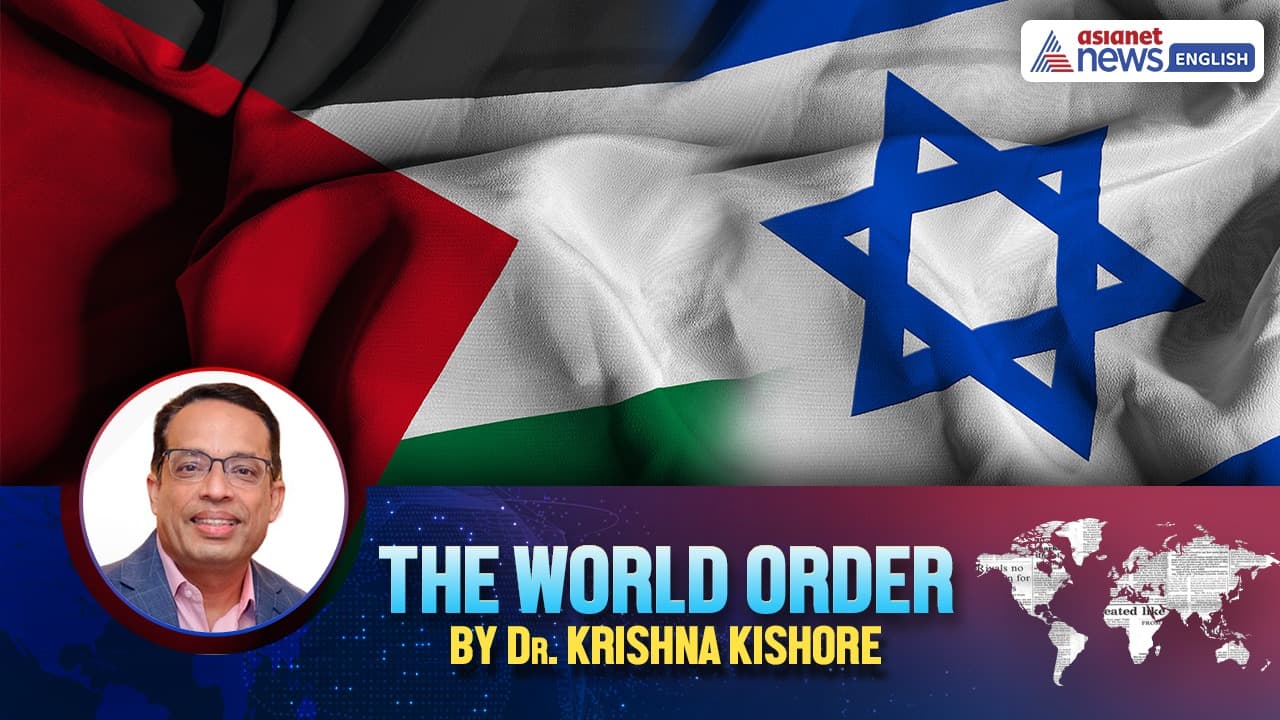Gaza ceasefire rests on three main pillars: An end to hostilities and phased Israeli redeployment, a full exchange of hostages and prisoners including the return of remains, and phased humanitarian access tied to reconstruction milestones.
For the first time in months, the skies over Gaza have fallen quiet. The guns have stopped, the hostages and prisoners are being exchanged, and aid trucks are finally rolling in. Yet beneath the relief runs a familiar question that has haunted every truce before this one: will this peace hold, or will it merely mark another pause in an endless cycle of blood and blame?
The new Gaza ceasefire agreement is both ambitious and precarious. It rests on three main pillars: an end to hostilities and phased Israeli redeployment, a full exchange of hostages and prisoners including the return of remains, and phased humanitarian access tied to reconstruction milestones. It is the product of intense diplomacy by the United States, Egypt, Qatar, and Turkey, who pushed both sides to the table and built a framework of mutual accountability. On paper, it is pragmatic and balanced. Israel gains the return of its hostages and a chance to exit a grinding conflict. Palestinians gain relief, reconstruction, and a faint promise of dignity.
But as history reminds us, ceasefires in Gaza are fragile creatures. The first cracks are already visible. Israel accuses Hamas of failing to hand over all the remains stipulated in the deal. Hamas counters that it has met its obligations. Meanwhile, aid convoys entering Gaza are being restricted, turning humanitarian relief into a political weapon. Each small breach of trust threatens to unravel the fragile peace stitched together by months of negotiations.
Beyond logistics, the real test lies in what happens next. Who governs Gaza when the dust settles? Who ensures that reconstruction funds reach the people and not armed factions? And will Israel’s coalition politics or Hamas’s survival instincts sabotage implementation? Unless these questions find credible answers, the ceasefire will collapse under its own contradictions.
For all its complexity, one truth remains clear: this agreement cannot stand on its own. It must serve as a bridge to the only lasting solution, two states living side by side in security and mutual recognition. Every alternative tried so far has failed. Managing conflict is not the same as resolving it. The Gaza ceasefire can buy time, but peace demands vision.
Hamas must now prove that it values governance over guerrilla glory. It must hand over hostages transparently, permit independent monitoring, and accept that rebuilding Gaza means disarmament, not rearmament. Israel, for its part, must decouple humanitarian aid from political bargaining and commit to a clear political horizon that acknowledges Palestinian nationhood. The cycle of occupation and resistance cannot end without addressing its root cause, the absence of a viable Palestinian state.
World leaders, too, must resist the temptation of self-congratulation. Announcing a ceasefire is easy, sustaining it requires architecture. A Reconstruction Authority with escrowed funds, strict oversight, and rapid disbursement is essential. So is a verification cell to adjudicate disputes before they escalate into war. Each milestone such as schools reopening, electricity restored, and borders reopened must bring tangible proof that peace delivers more than war ever could.
This is a moment between storms. Whether it becomes a turning point depends on courage, the courage to imagine peace not as a pause but as a permanent state of coexistence. The guns may be silent today, but silence is not peace. Only when Israel and Palestine stand as two sovereign states, equal in dignity and security, will the region finally awaken from its long and weary nightmare.
